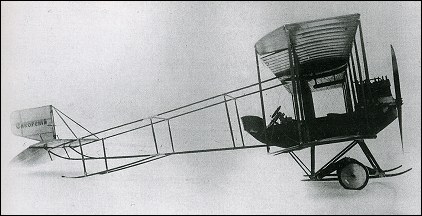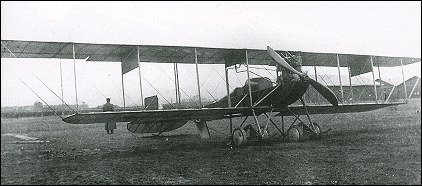 |
Sikorsky S-61911 |  |
| Virtual Aircraft Museum / USSR / Russia / Sikorsky | |
 |
Availability of the 100hp Argus engine enabled Sikorsky to design the S-6 to seat three persons in tandem in an enclosed pod. Initial test flights in November 1911 proved disappointing due to the high drag of the four long tailbooms. He decided to rebuild it as the S-6A with 3.3m greater span and slim plywood-covered rear fuselage. In this form, it exceeded the most optimistic predictions. The design was soon improved further to produce the impressive S-6B. When Sikorsky became Chief Engineer of the aircraft division of the Russian Baltic Railcar Factory (RBVZ) in St Petersburg in April 1912, his first priority was to complete the S-6B to take part in a Russian military aircraft competition in August. The additional drag of the required four-wheel landing gear, to permit operation from ploughed fields, was offset by detail streamlining. The S-6B demonstrated a speed of 113km/h while carrying three persons, climbed to 1500m in 15 minutes and had an endurance of more than 1.5 hours. It won the competition and established the twenty-three-year-old designer in his professional career.
|  COMPANY PROFILE | ||||
 |

|

